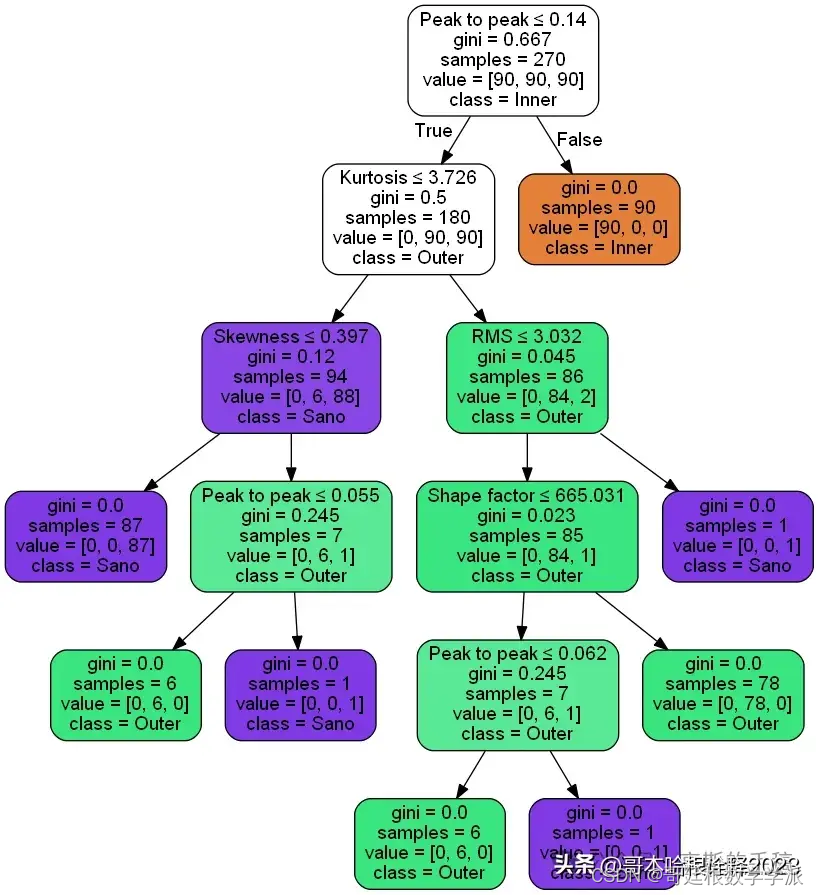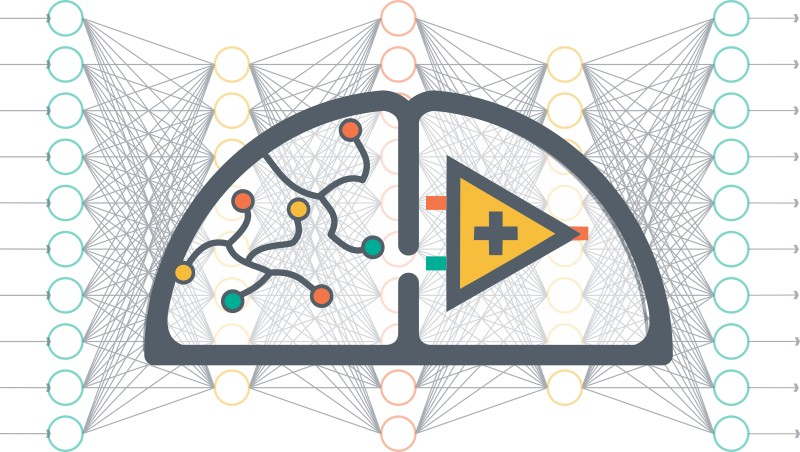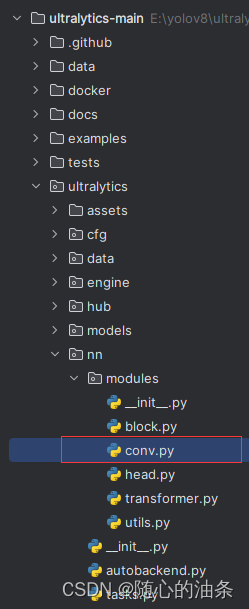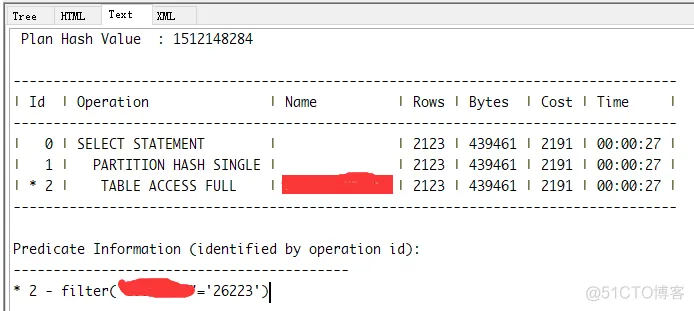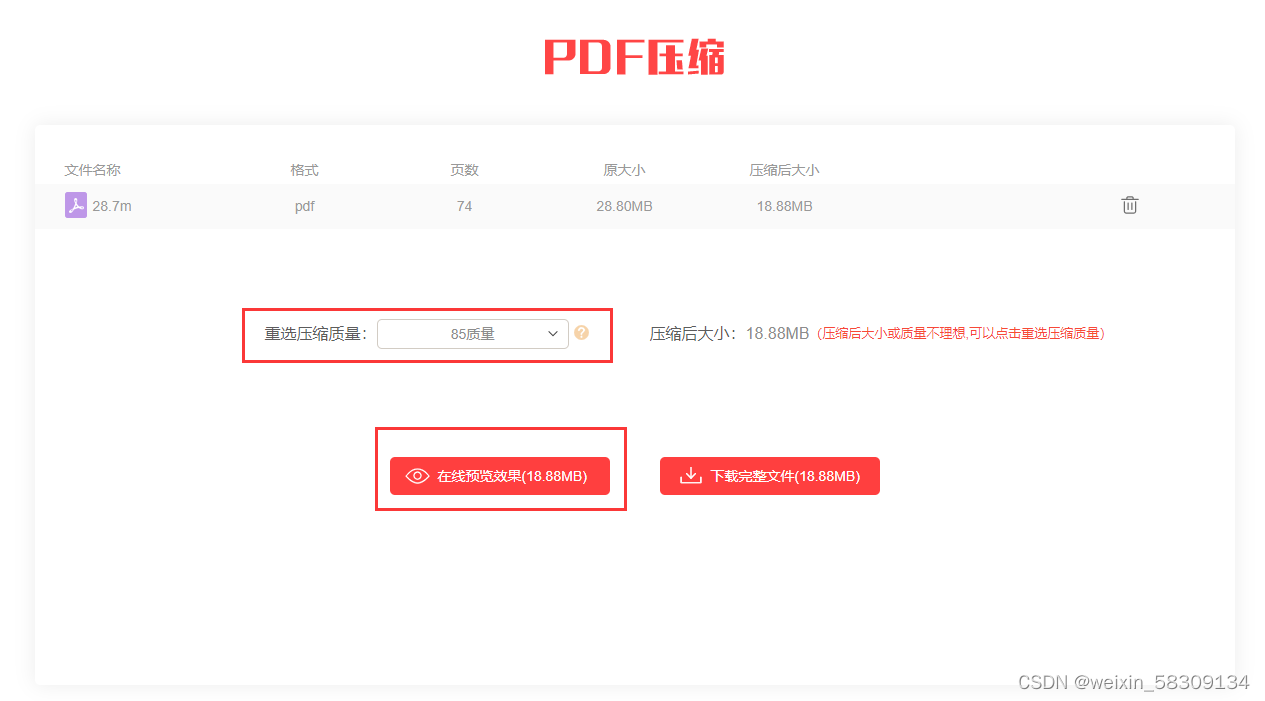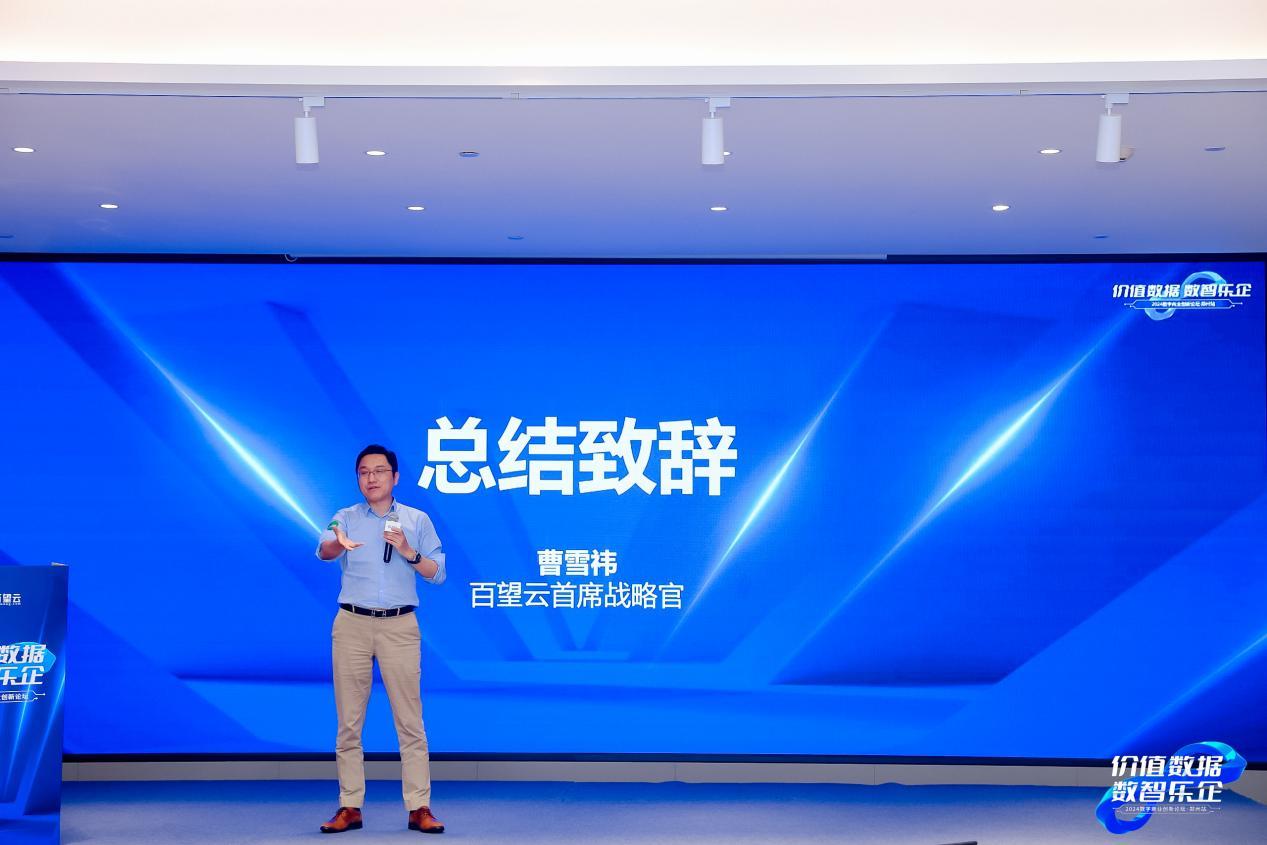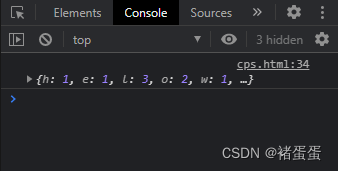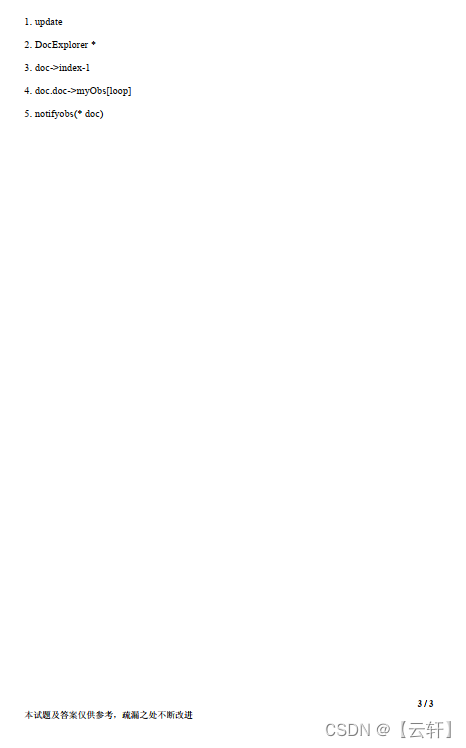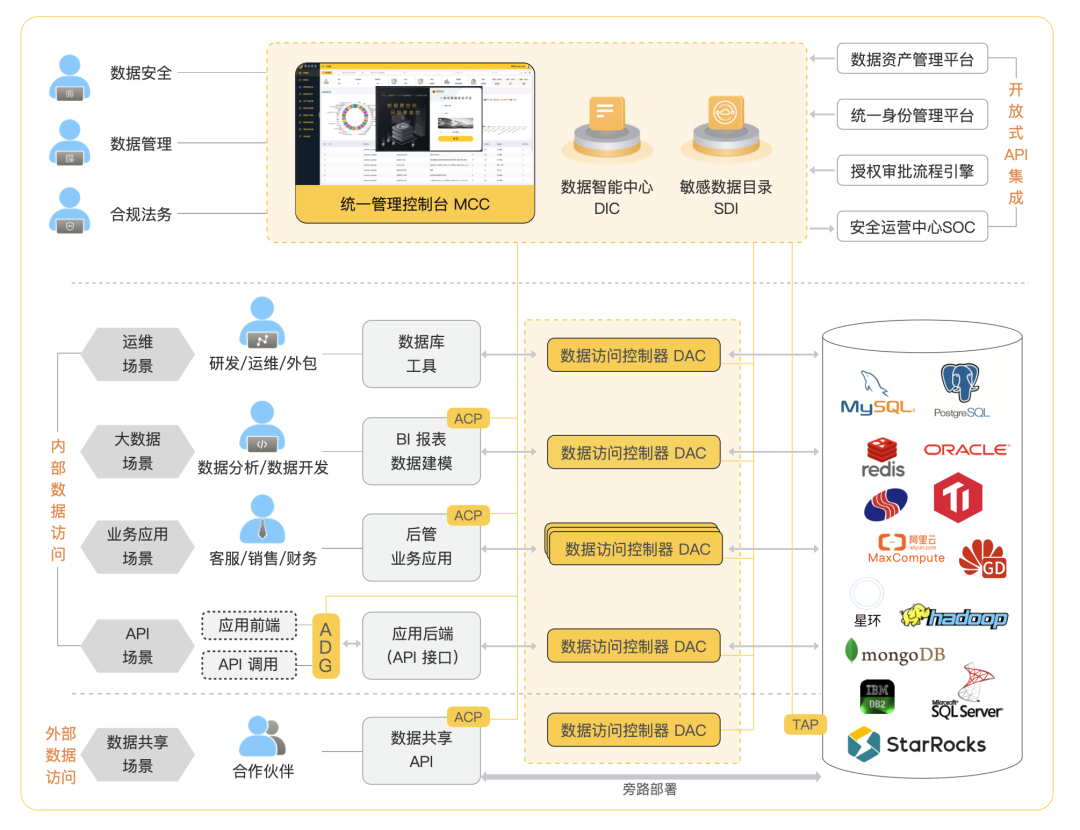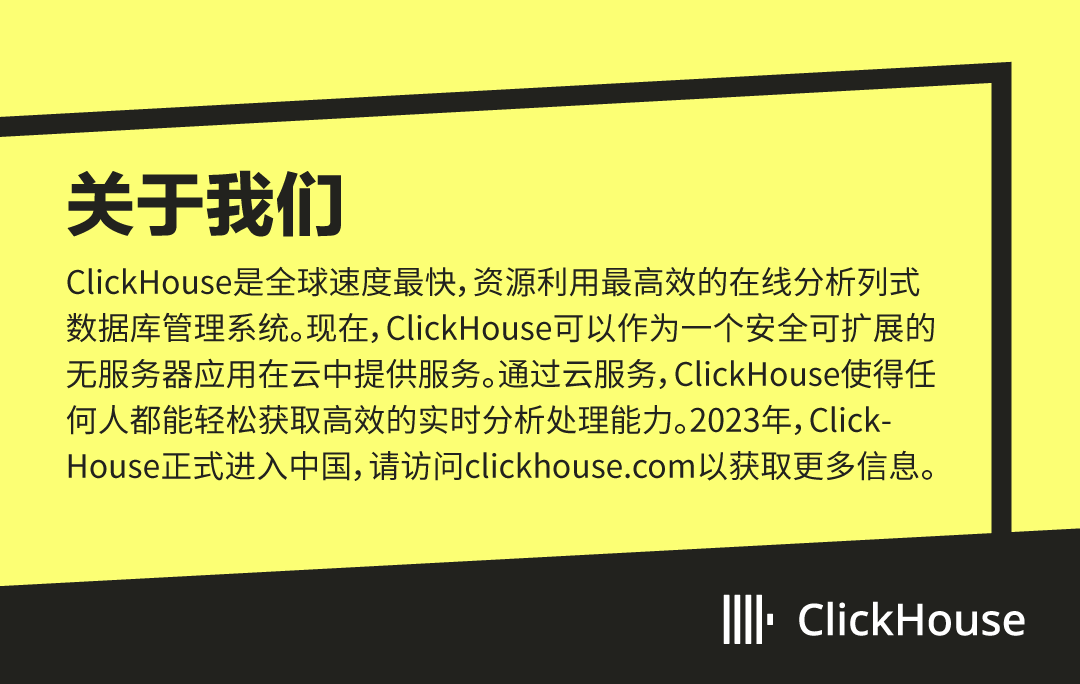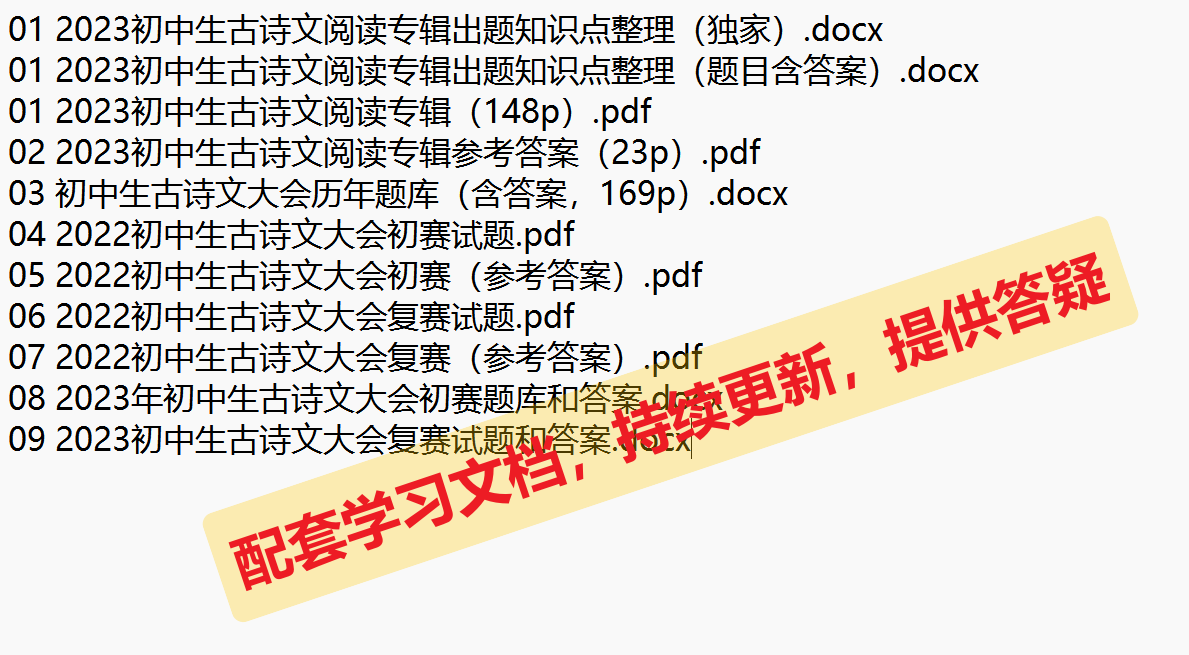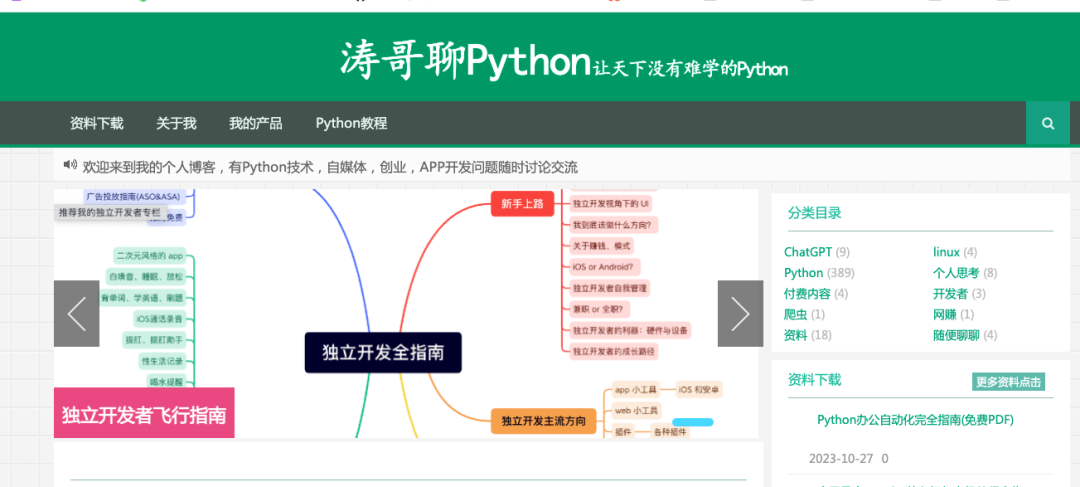
更多Python学习内容:ipengtao.com
多线程是一种能够并发执行代码的方法,可以提高程序的执行效率和响应速度。本文将详细介绍 Python 中多线程的概念、使用场景、基本用法以及实际应用,可以更好地掌握多线程编程。
什么是多线程?
多线程是一种在单个进程内并发执行多个线程的技术。每个线程共享相同的内存空间,可以并行执行任务。多线程的主要目的是提高程序的并发性,从而提升执行效率。
多线程的使用场景
I/O 密集型任务:如文件读写、网络请求等。
用户界面响应:确保 GUI 程序在执行后台任务时仍能响应用户操作。
并发数据处理:处理大规模数据集时,提高数据处理效率。
Python 中的多线程模块
Python 提供了 threading 模块来实现多线程。该模块提供了创建和管理线程的基本功能。
创建线程
使用 threading.Thread 类可以创建一个新线程。以下是一个简单的示例:
import threading
def print_numbers():
for i in range(10):
print(i)
# 创建线程
thread = threading.Thread(target=print_numbers)
# 启动线程
thread.start()
# 等待线程完成
thread.join()使用线程类
除了使用 target 参数指定函数外,还可以通过继承 threading.Thread 类来创建线程:
import threading
class MyThread(threading.Thread):
def run(self):
for i in range(10):
print(i)
# 创建线程实例
thread = MyThread()
# 启动线程
thread.start()
# 等待线程完成
thread.join()线程同步
由于多个线程共享相同的内存空间,因此需要确保对共享资源的访问是线程安全的。可以使用 threading.Lock 实现线程同步。
import threading
lock = threading.Lock()
counter = 0
def increment_counter():
global counter
with lock:
for _ in range(100000):
counter += 1
# 创建多个线程
threads = [threading.Thread(target=increment_counter) for _ in range(10)]
# 启动所有线程
for thread in threads:
thread.start()
# 等待所有线程完成
for thread in threads:
thread.join()
print(f"Final counter value: {counter}")线程间通信
可以使用 queue.Queue 实现线程间通信:
import threading
import queue
def producer(q):
for i in range(5):
q.put(i)
print(f"Produced {i}")
def consumer(q):
while True:
item = q.get()
if item is None:
break
print(f"Consumed {item}")
q.task_done()
q = queue.Queue()
thread_producer = threading.Thread(target=producer, args=(q,))
thread_consumer = threading.Thread(target=consumer, args=(q,))
thread_producer.start()
thread_consumer.start()
thread_producer.join()
q.put(None) # Signal the consumer to exit
thread_consumer.join()多线程的实际应用
实现并发网络请求
在实际开发中,常常需要发送大量的网络请求。传统的串行处理方法效率较低,通过使用多线程,可以显著提高并发请求的速度。假设需要从多个网站抓取数据,并且希望尽可能快速地完成这项任务。通过多线程,可以同时向多个网站发送请求,而不是一个一个地请求,从而大大减少总的执行时间。
使用 requests 库来发送 HTTP 请求,使用 threading 库来实现多线程。
import threading
import requests
# 待抓取的URL列表
urls = [
"https://www.example.com",
"https://www.python.org",
"https://www.github.com",
# 更多URL...
]
# 定义线程函数
def fetch_url(url):
try:
response = requests.get(url)
print(f"Fetched {url} with status {response.status_code}")
except requests.RequestException as e:
print(f"Error fetching {url}: {e}")
# 创建并启动线程
threads = []
for url in urls:
thread = threading.Thread(target=fetch_url, args=(url,))
threads.append(thread)
thread.start()
# 等待所有线程完成
for thread in threads:
thread.join()在上述代码中,定义了一个 fetch_url 函数来发送 HTTP 请求,并在主线程中创建并启动多个子线程,每个线程负责抓取一个 URL。
实现生产者-消费者模式
生产者-消费者模式是一种经典的多线程编程模式,常用于处理需要动态生成和消费数据的场景。通过使用线程安全的队列(如 queue.Queue),我们可以方便地实现这一模式。假设有一个生产者线程,不断生成数据(例如从文件或数据库中读取数据),并将数据放入队列中。同时,有多个消费者线程,从队列中取出数据并进行处理。使用多线程可以让生产和消费过程并行进行,从而提高效率。
以下是一个使用生产者-消费者模式的示例代码:
import threading
import queue
import time
# 创建队列
q = queue.Queue()
# 定义生产者函数
def producer():
for i in range(10):
item = f"item_{i}"
q.put(item)
print(f"Produced {item}")
time.sleep(1) # 模拟生产过程中的延迟
# 定义消费者函数
def consumer():
while True:
item = q.get()
if item is None:
break
print(f"Consumed {item}")
q.task_done()
time.sleep(2) # 模拟消费过程中的延迟
# 创建并启动生产者线程
producer_thread = threading.Thread(target=producer)
producer_thread.start()
# 创建并启动多个消费者线程
consumer_threads = []
for _ in range(3):
thread = threading.Thread(target=consumer)
consumer_threads.append(thread)
thread.start()
# 等待生产者线程完成
producer_thread.join()
# 向队列中放入None,通知消费者线程退出
for _ in range(3):
q.put(None)
# 等待所有消费者线程完成
for thread in consumer_threads:
thread.join()
print("All tasks are done.")在这个示例中,创建了一个 queue.Queue 对象作为共享队列,并定义了生产者和消费者函数。生产者函数生成数据并将其放入队列,消费者函数从队列中取出数据进行处理。通过 q.task_done() 和 q.join(),我们可以确保所有任务都被处理完毕。
总结
本文介绍了 Python 中多线程的基本概念、使用场景、创建和管理线程的方法,以及线程同步和线程间通信的实现。通过示例代码,展示了如何在实际应用中使用多线程来提高程序的执行效率和响应速度。
如果你觉得文章还不错,请大家 点赞、分享、留言 下,因为这将是我持续输出更多优质文章的最强动力!
如果想要系统学习Python、Python问题咨询,或者考虑做一些工作以外的副业,都可以扫描二维码添加微信,围观朋友圈一起交流学习。

我们还为大家准备了Python资料和副业项目合集,感兴趣的小伙伴快来找我领取一起交流学习哦!
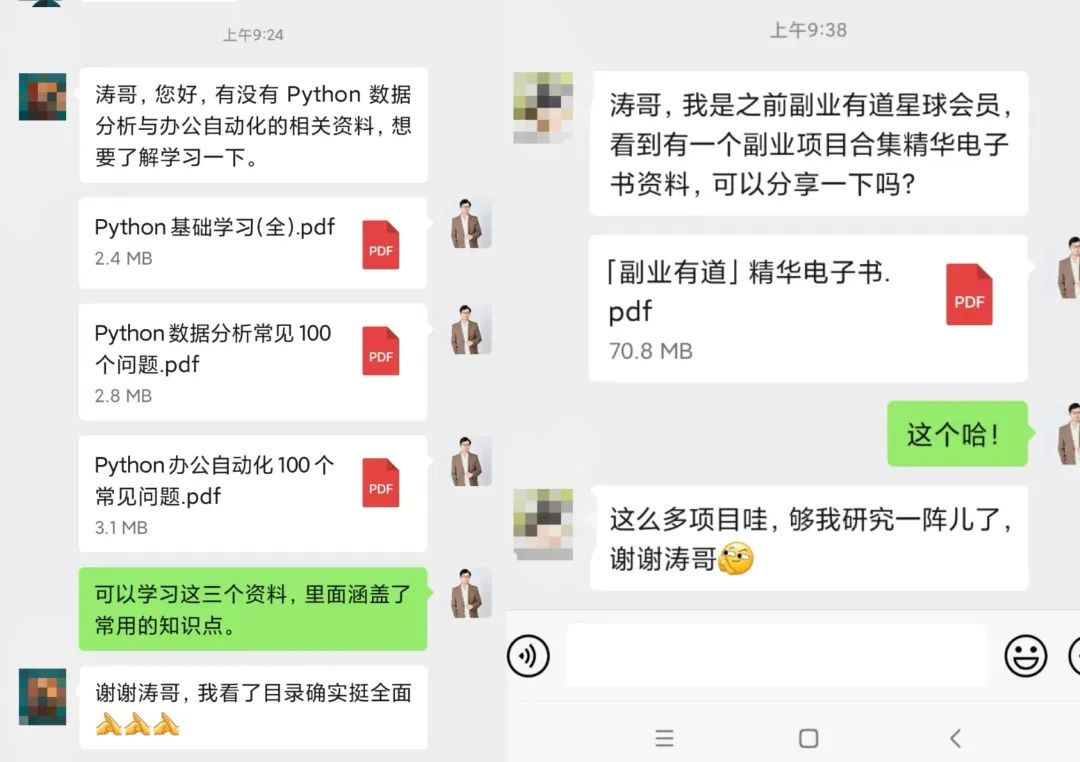
往期推荐
历时一个月整理的 Python 爬虫学习手册全集PDF(免费开放下载)
Python基础学习常见的100个问题.pdf(附答案)
学习 数据结构与算法,这是我见过最友好的教程!(PDF免费下载)
Python办公自动化完全指南(免费PDF)
Python Web 开发常见的100个问题.PDF
肝了一周,整理了Python 从0到1学习路线(附思维导图和PDF下载)


